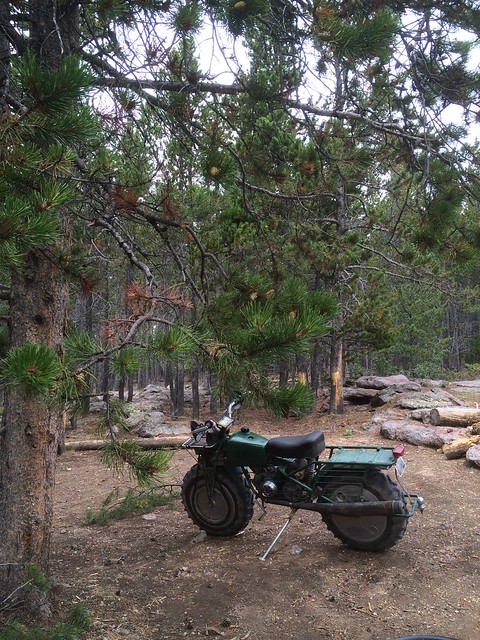If you want to make fermented pickles, this post will help you do it. I followed this recipe a few weeks ago with great success
You’ll need stuff first:
Jars– I use 1 1/2 pint, quart, and 1/2 gallon mason jars. You’ll have to figure out what size you prefer, but I suggest you use at least pint jars with large mouths. You can even use gallon jars, if you have them. Large mouth jars will accept 4 oz. jam jars, which are excellent to use as weights to keep the cucumbers below the brine surface. But Ziplock bags work perfectly well.
Ziplock plastic bags– or 4 oz jelly jars if you’re using wide mouth jars to pickle in- to keep the cucumbers submerged in the brine so they don’t mold. Moldy pickles turn to mush, and suck.
Lids– I used “Tattler” brand lids because they were easy to drill with a hole saw. I’d avoid steel lids because they’ll rust.
Grommets– I bought mine at a local brew store, but they can be had at Grainger as well. You want 3/8″ i.d. and 5/8″ o.d.
Airlock– Once again, you can get these at a brew store as I did, or order them online. You don’t need expensive ones.
A 5/8″ hole saw– to cut the holes in the lids to accept the grommets. I bought one for less than $10 at a local home improvement store.
Jar rings– use old ones, because the brine will make them rust.
Cucumbers– I get mine from a local fruit truck, but farmer’s markets and small farms are a great source as well.
Salt– nothing fancy, just non iodized salt. I prefer sea salt, the cheap stuff.
Garlic cloves, peeled. The more the better, in my opinion.
Dill– I used a head of fresh dill in each jar and a tsp. of dried dill in each jar.
Mustard seed
Whole black peppercorns
Crushed red pepper
Pickling spice (if you want)
Reverse osmosis water– you don’t want chlorine in it.
Get your Tattler lids out and use the hole saw to cut a hole in each tattler lid, then install the grommet. it’s pretty easy. Make sure there aren’t any plastic shavings on them- I washed mine in the sink to get rid of the cuttings.
Wash everything squeaky clean.
Put a head of dill, mustard seed, peppercorns, crushed red pepper, clove of garlic, and pickling spice in each jar. I used about a tablespoon of each, or thereabouts. I didn’t use pickling spice in every jar, either. But I kept track of which jars I put it in so I can tell if I like it better.
Prepare the cucumbers by scrubbing each one with a brush, and scrape the blossom off the end. As I scrubbed each one, I put it in a jar, arranging them as I went. Leave a couple inches of headspace in every jar: this allows you to use some sort of weight or spacer on top of the pickles so the pickles don’t mold and turn to mush. I figured this out the hard way, after ignoring the advice of others. I did ignore the advice of others and omitted oak, grape, and other leaves. My pickles turned out fine.
When the jars are full, prepare a brine with 1/2 Tbsp per cup of non-chlorinated water. I went to a local grocery store and bought a couple gallons of reverse osmosis water to ensure I wasn’t adding chlorine, which will kill the bugs you’re trying to grow. Fill each jar, leaving enough space for a ziplock bag with a small amount of water or brine in it to weigh the pickles down and keep them from poking out of the brine. If you’re using wide mouth jars, you can use a 4 oz. jelly jar for a weight, and it fits perfect in the mouth of the wide mouth. Fill the jelly jar with brine before you lower it into the jar
Put the gasket that comes with the Tattler lid on the lid, and cap the jar, screwing the bands down finger tight.
Fill your airlocks with water, and put them in the grommets. Store the jars at room temperature. Resist the temptation to open the jars- lacto bacillus fermentation is an anaerobic process, and oxygen will stop the fermentation.
Now you wait for three long, miserable weeks, smelling the pickles bubbling away without being able to eat them. I’ll confess that I opened a jar after 2 weeks, and it was fabulous.
Eat, and enjoy great, heathy pickles.
See also: http://www.nwedible.com/
Many thanks to Sally Fallon





